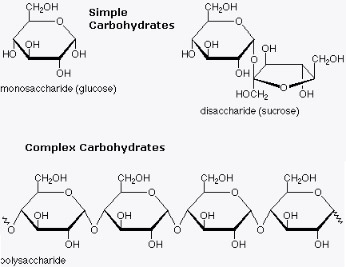

Larger aggregates with "a few" and "many" monosaccharide units are referred to as "oligosaccharide" and "polysaccharide," respectively. Because they are water-soluble and difficult to crystallize, they require a different set of abilities to manage than traditional "natural products" like terpenes, steroids, and alkaloids.Ī "monosaccharide" is a carbohydrate derivative having a single carbon chain "disaccharide" and "trisaccharide" are the compounds, which are made up of either two or three monosaccharide units linked either by acetal or ketal linkages. Glucose, fructose, and sucrose are popular sugars that suit this formula, however, nowadays, a carbohydrate is defined as a polyhydroxy aldehyde or polyhydroxy ketone with the classical formula, a molecule closely similar to it, or oligomers or polymers of such molecules. Glucose and fructose are the most commonly known carbohydrates.Ĭarbohydrates has historically been characterized as compounds with the empirical formula C n (H 2 O)m.

Monosaccharides are simple sugars that serve as fuel molecules and fundamental constituents of living organisms and these are the simplest carbohydrates required as the energy sources. (CH 2 O)n is the general empirical structure of carbohydrates.


 0 kommentar(er)
0 kommentar(er)
